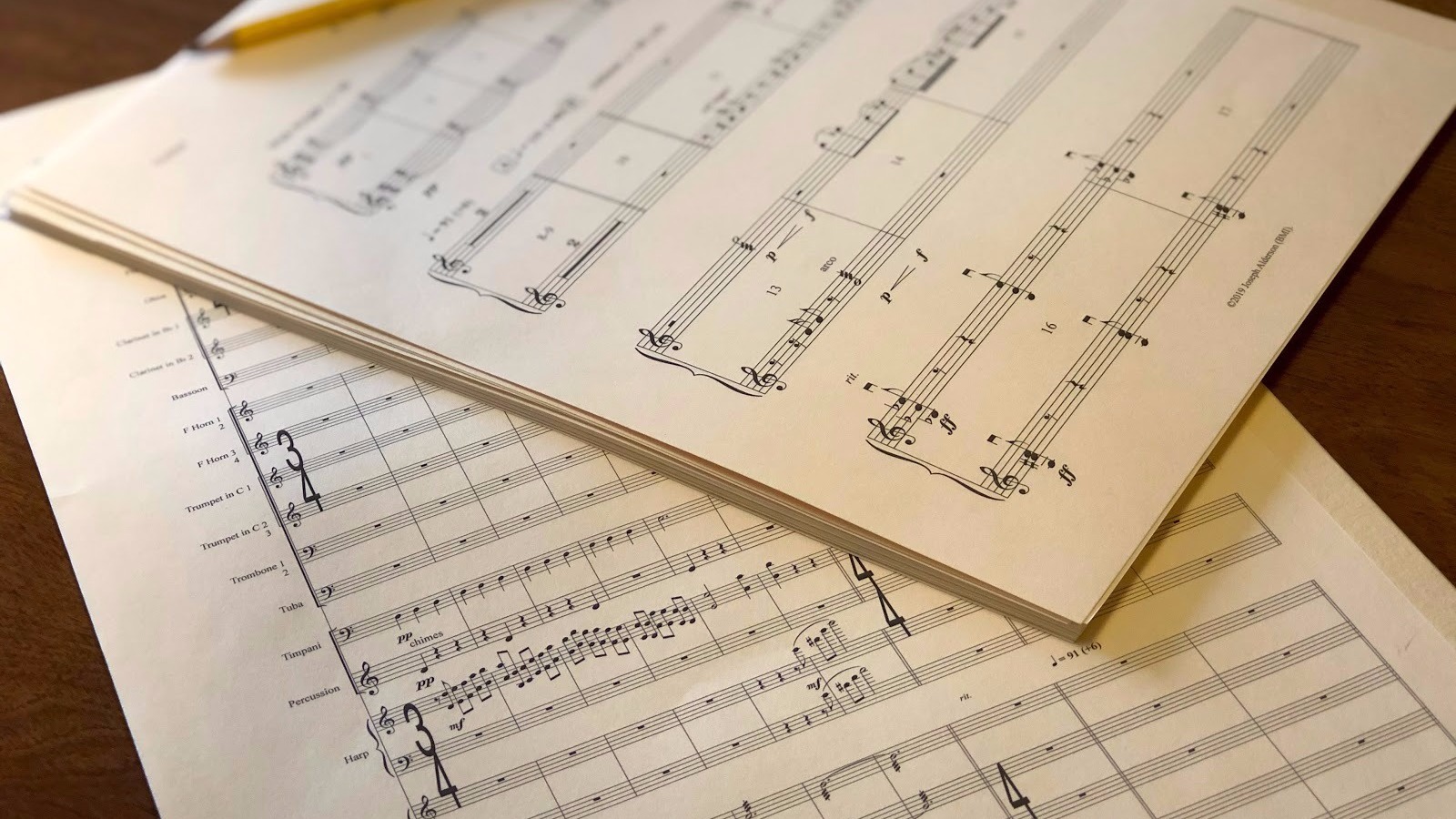Full List of One Stone Audio's Clean-Up and Other Sound Services
Common Cleaning ONLY Requests
Background De-noise : Removing excessive of background ambience, tones, or sounds, such as AC units, refrigerators, reverb, bird chirps, sirens, and vehicles. Cleaning results may vary, depending on adequate recording space, and microphone distance to voice/instrument. Removing very specific sounds (most specifically outside the voice frequency range such as bird chirps or squeaks) will yield best results. Removing sounds in the human voice range (such as cloths resulting or some vehicles) will result in the poorer quality of audio results.
De-Clipping : Repairing the sounds that have gone over the recording-device’s loudest threshold, and thus producing distortions or cracks in the audio.
De-Clicking/Crackling : Repairing audio that has audio artifacts due to faulty audio gear, such as a loose cable connection with the microphone, that producing cracks and clicks in the recording.
NOTE: It may be best to consult us about the audio and have us listen to it before we attempt to any cleaning. We may be able to tell you what can and cannot be done, and/or what the result may sound like.
Sound Designing
Foley: The act of performing and recording audio sounds for a motion picture (film or animation). This includes adding footsteps, door creaks, cloths rustling, object handling and movements, and other sounds capable of being recorded for added effect to a film. [also look at FX Artist].
FX Artist: Similar to a Foley Artist, but may also include synthesized sounds using effects processing, and sound synthesis with hardware or software. Some sounds may include, but are not limited to such as, laser guns/blasters, explosions, unnatural (spaceships, war zones) environments, computers blips, robot/mech motor sounds, ect. [Also look at Foley Artist]
Field-Recordist : [Not to be confused with Boom-Operator] A field recordist who’s job is to obtain additional audio of environments for background audio for the motion picture. For Films, this should only be required if there was no boom operator on set to take recording of the environment, or if Boom-Operator failed to do so. For animations, this may be required every time.
Audio Editing/Mixing: The processing of editing the audio (after picture lock) to make certain the audio is in sync with the picture and that all foley and FX sounds, dialogue, and backgrounds are well mixed for an optimal viewing and listening experience. This mainly includes balancing volume of audio clips, panning clips to create space, and post-processing audio such as compression and EQing, or applying reverbs to dialogue to match environment. [Audio Cleaning included.]
Audio Mastering: An audio processing overview of the product as a whole to make the complete product sound as uniform as possible. This may including adding additional effects processing, and additional automation of volume compression to make sure the volume’s LU (Loudness Unit) and LUFS (Loudnes Unit Full Scale) follows the medium’s guidelines for final submission.
On-Set Audio
Boom-Operator/Mixer : An audio recordist who’s job is to record on-set dialogue as well as the environment for a film. Depending on the type of film, or how the DP decides to shoot the scenes, more than one person may be required to record the audio, be it 1 Boom-Operator + 1 Mixer, or 2 Boom-Operators + 1 Mixer, or just one person Boom-Operating and mixing at the same time. Please have your Director and Director of Photography contact us about the set before the day of shoot, in order provide you the best possible recording set-up and avoid overcharges. Please note, however, depending on these situation, additional charges for renting gear may be required (i.e. more microphones and recorders)


